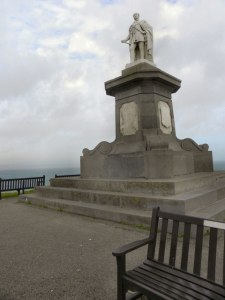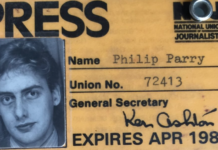- David Cameron To Take Over Swansea Roadworks - 28th February 2020
- Greta Thunberg Action Figure Surprise Christmas Hit - 27th January 2020
- Charlotte Church to Play Gwyneth Paltrow’s Vagina - 14th January 2020
The history of fracking has been checkered, to say the least. Tales of contaminated water supplies and earthquakes abound but none can be as strange as the Tenby connection. In 1860 Josiah Reginald Steppewad Coldstrap, Mr Coldstap to his friends, devised a method of extracting gas from shale which was identical to modern day fracking in every respect.
The south west of Wales holds rich deposits of “unconventional gas” along its coastline and Tenby sits at the epicentre of a massive field. The Victorians, great innovators that they were, knew this but had no means of extracting it. Josiah Coldstrap had not only a dream but a revolutionary device which he said would release the untold riches. He petitioned the Queen for permission to drill and a modicum of finance to sustain him in his endeavours. Her Majesty gave him short shrift but Albert Prince Consort was fascinated by the idea.
 Behind Victoria’s back, he bankrolled the venture and cleared the necessary permits. So excited was he by the venture he journeyed to Tenby to help with the work himself. Drilling started on the 2nd of February 1861. By the 15th they had hit gas and in a cruel twist of fate had killed Prince Albert outright. Forced out by the pressure of gas, a retardant flange piston caught him under his left arm stopping his heart immediately.
Behind Victoria’s back, he bankrolled the venture and cleared the necessary permits. So excited was he by the venture he journeyed to Tenby to help with the work himself. Drilling started on the 2nd of February 1861. By the 15th they had hit gas and in a cruel twist of fate had killed Prince Albert outright. Forced out by the pressure of gas, a retardant flange piston caught him under his left arm stopping his heart immediately.
Such was the anticipated scandal (a member of the royal family performing manual labour) that the official story had him dying of the then popular “vitals disease”, Typhoid. The venture was shut down and the drilling rig, too big to be moved was covered over with a massive plinth. So massive in fact was the plinth that it dwarfed the subsequent statue of the Prince Consort erected by the citizens of Tenby, to a man who had become a great friend in a short space of time.








